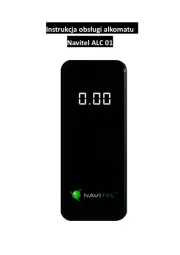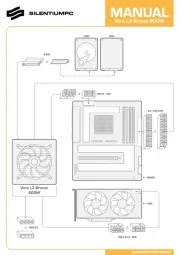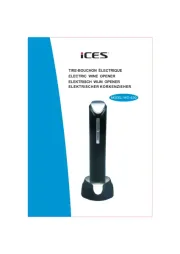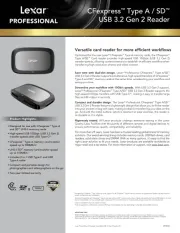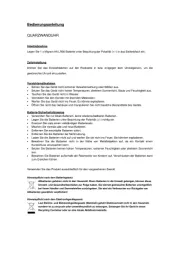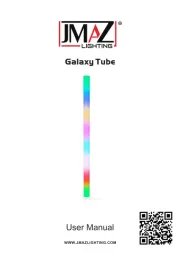Festo CMMB-AS-07 Manual
Læs gratis den danske manual til Festo CMMB-AS-07 (98 sider) i kategorien Ikke kategoriseret. Denne vejledning er vurderet som hjælpsom af 25 personer og har en gennemsnitlig bedømmelse på 4.8 stjerner ud af 13 anmeldelser.
Har du et spørgsmål om Festo CMMB-AS-07, eller vil du spørge andre brugere om produktet?

Produkt Specifikationer
| Mærke: | Festo |
| Kategori: | Ikke kategoriseret |
| Model: | CMMB-AS-07 |
Har du brug for hjælp?
Hvis du har brug for hjælp til Festo CMMB-AS-07 stil et spørgsmål nedenfor, og andre brugere vil svare dig
Ikke kategoriseret Festo Manualer

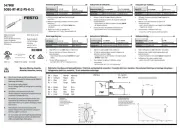
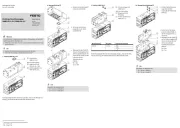

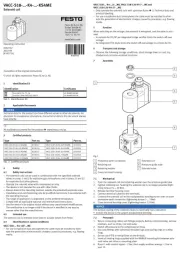

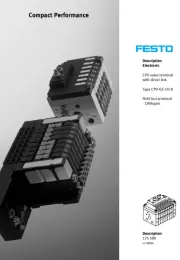

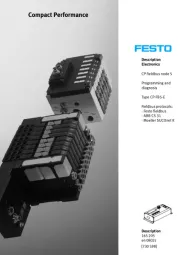
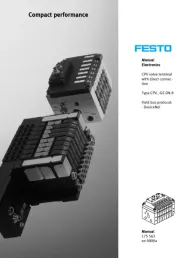
Ikke kategoriseret Manualer
- Ninja
- Coolabah Outdoor
- Rooboost
- Klauke
- Waeco
- Icy Box
- HammerSmith
- Metrel
- Bunn
- Beam Electronics
- Cien BEAUTY
- Kichler
- Lewitt
- Comark
- Vinci
Nyeste Ikke kategoriseret Manualer
